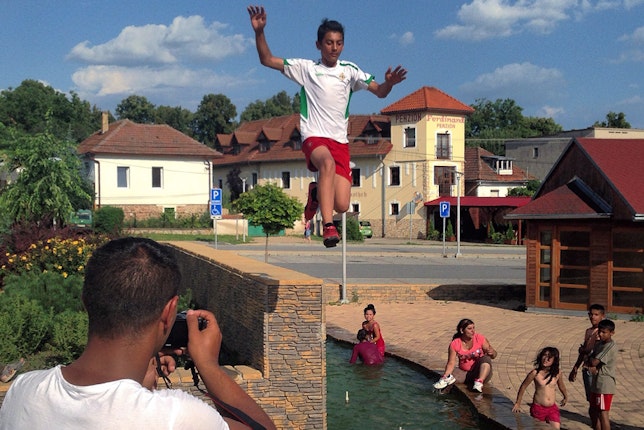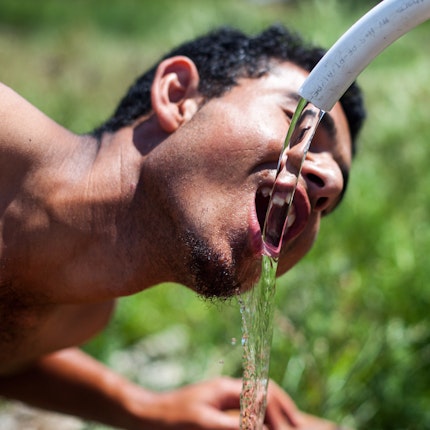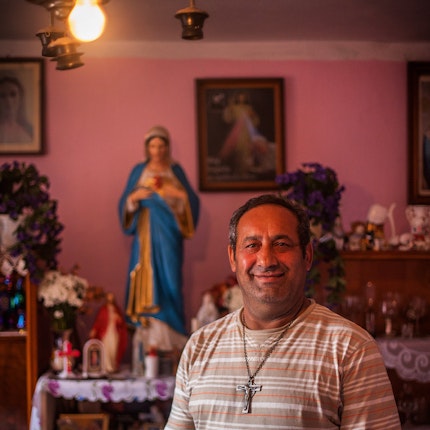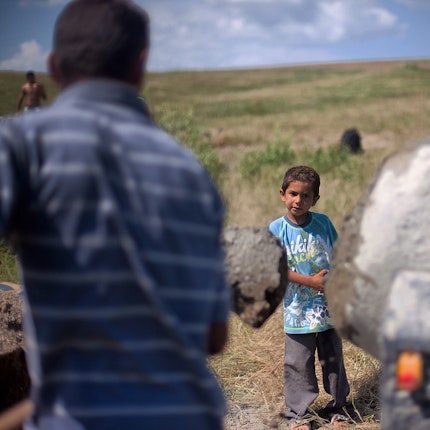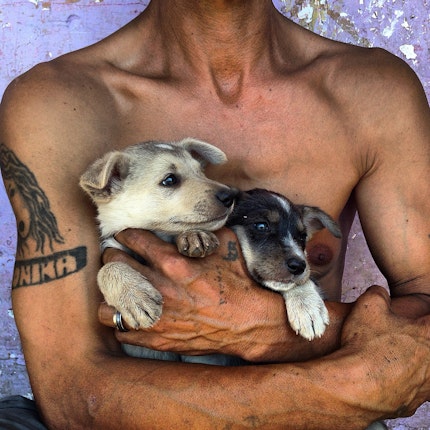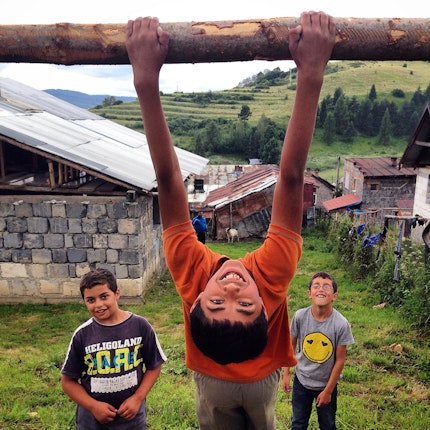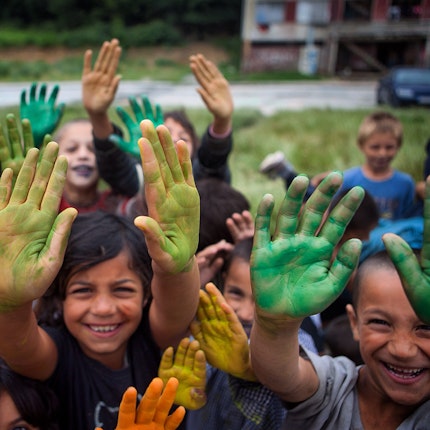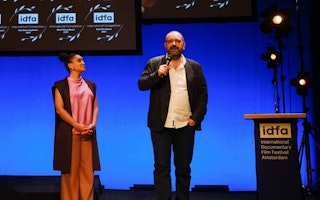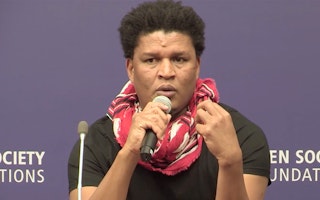A Photographer Goes Behind the “Roma Walls”
By Chuck Leung
Photographer Björn Steinz is documenting the everyday lives of Roma in various communities in Europe. In eastern Slovakia recently to continue this work, he spent a week posting his images to the Open Society Instagram account. I spoke with Steinz about his project.
Can you tell us about your project and what inspired it?
In 2012, I was on an assignment for the Open Society Foundations in Moldava nad Bodvou, Slovakia, where I was working in a marginalized and segregated Roma community. I thought it might be important for me to document those places over a longer period of time, and I started to do some research on the area around Košice and Roma-related issues.
I found a lot of reporting, mostly in the foreign media, about the relationship between the majority and minority populations there, especially in places where “Roma walls” were erected. Some publications associated those walls with the Berlin Wall and the separation barrier in Israel, so I decided to go to those places and find out for myself.
I think these issues are about much more than just physical walls. Some Roma communities I worked in are completely isolated from the majority population; in others there is not such a physical distance, and they have a lot more contact with each other.
The problem is mostly about the walls in people’s minds, which are often more dangerous than the real ones.
What has your process been like working in these communities?
I received a lot of help from foundations and organizations working with Roma in Slovakia. There were field and social workers, priests, and volunteers—both Roma and non-Roma—who took me with them and introduced me to the communities.
Every Roma community I’ve visited is different and has its own special way of life, its own dynamics and hierarchical structures. I spend time with people living there and listen to their stories, problems, pleasures, and what they hope for in the future.
Often I revisit those families that I photographed after a certain period of time and give them prints. What really surprised me was when I saw my prints in different places, often framed on the walls in their homes.
What kinds of changes have you seen over the course of the project?
It depends on which community I am coming back to. It can happen that there are almost no changes in some places, and all is more or less as it had been during the last visit; however, in each place there is a huge difference according to the seasons.
The biggest changes I saw were in the village of Rankovce, where the nonprofit ETP Slovakia has started a microloan program called Building Hope, which supports construction of low-cost homes in Roma communities.
One year ago the families had just finished the foundations for their new houses. Now they are almost ready, and the families are living inside a regular home—that they built themselves—for the first time in their lives. This contrast from living in a shanty to having their own home is one of the most impressive changes I saw.
What role should photographers have in addressing social justice and human rights issues through their work?
Photographers can visualize injustice and human rights issues. They can point out things and find stories nobody would otherwise know about. But they also need partners, publications, or platforms to publish those stories.
Often reports on Roma-related issues contain half-truths and clichés that reinforce fears and isolate Roma further. I think my own moral responsibility when I photograph is to show, as closely as possible, the reality I am in at that moment. Of course this is my interpretation too, so it can become complicated.
Do you think social media platforms can effectively create social awareness and engagement?
I think so because with these platforms it is possible to reach a wider and different audience than with print media or traditional websites. I am just a bit afraid that our society is becoming over-visualized with all these possibilities.
I hope people will still be able to see those images and to separate important from unimportant content in the mass of visuals out there. That should be the duty of photographers and good editors creating this content.
In 2012, I was still sure that Instagram was a threat to my profession as a photographer, and I had a very negative opinion of it. Now I understand that Instagram has changed my profession and given me a lot more opportunities to get my work out to an audience that otherwise might not look for images of Roma communities in Slovakia.
Until November 2021, Chuck Leung was video producer for the Open Society Foundations.
